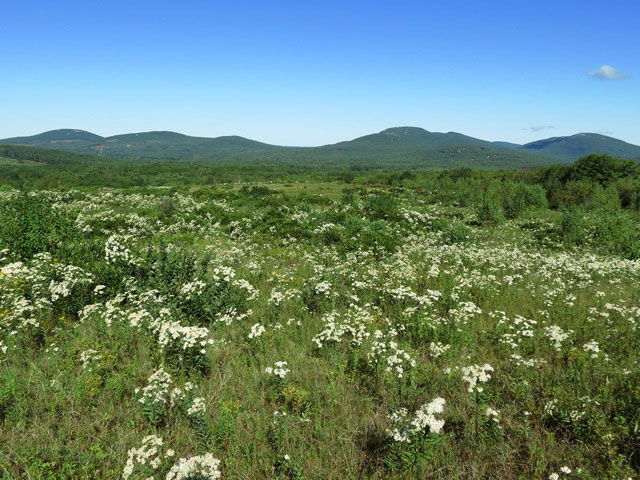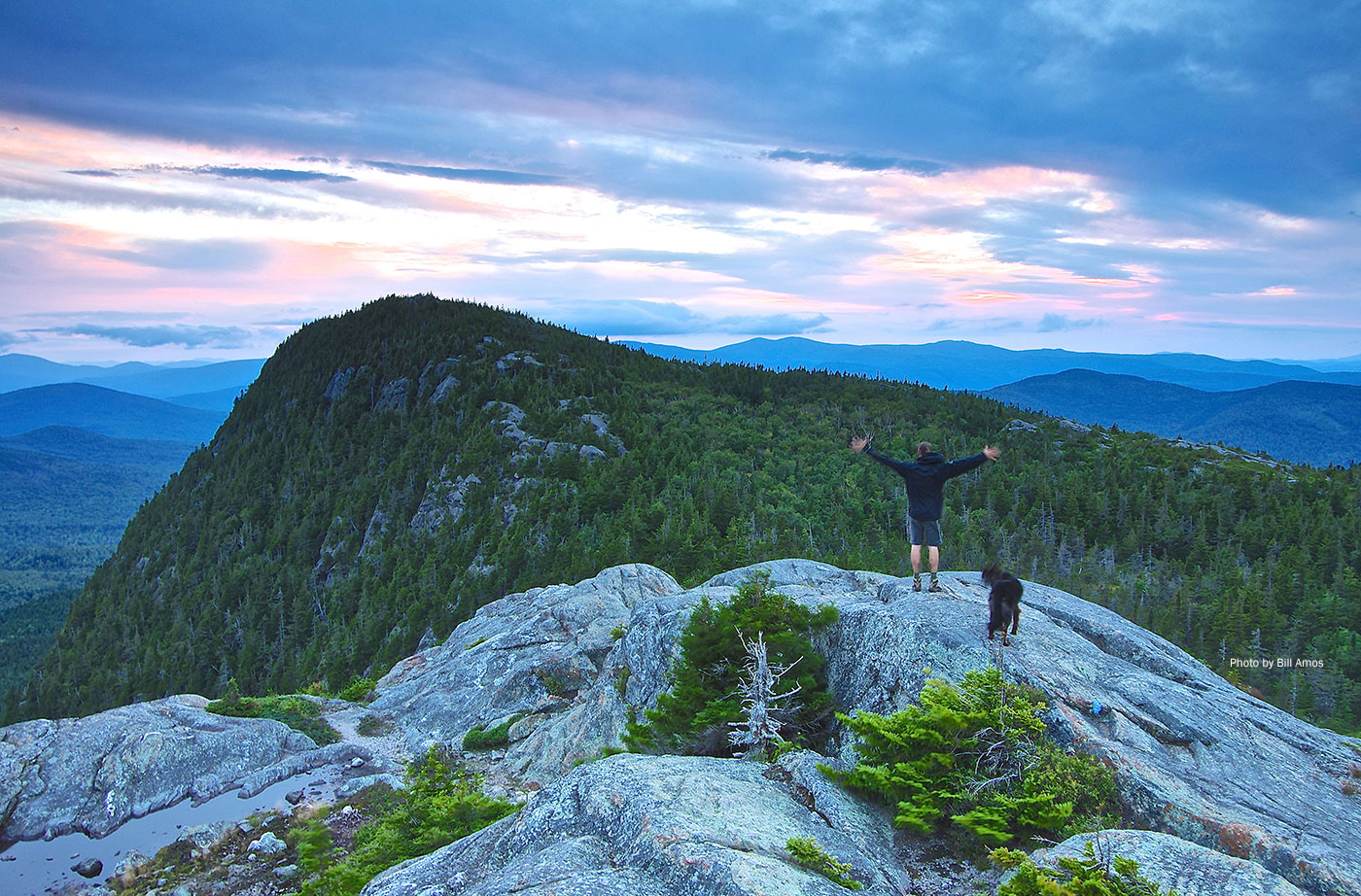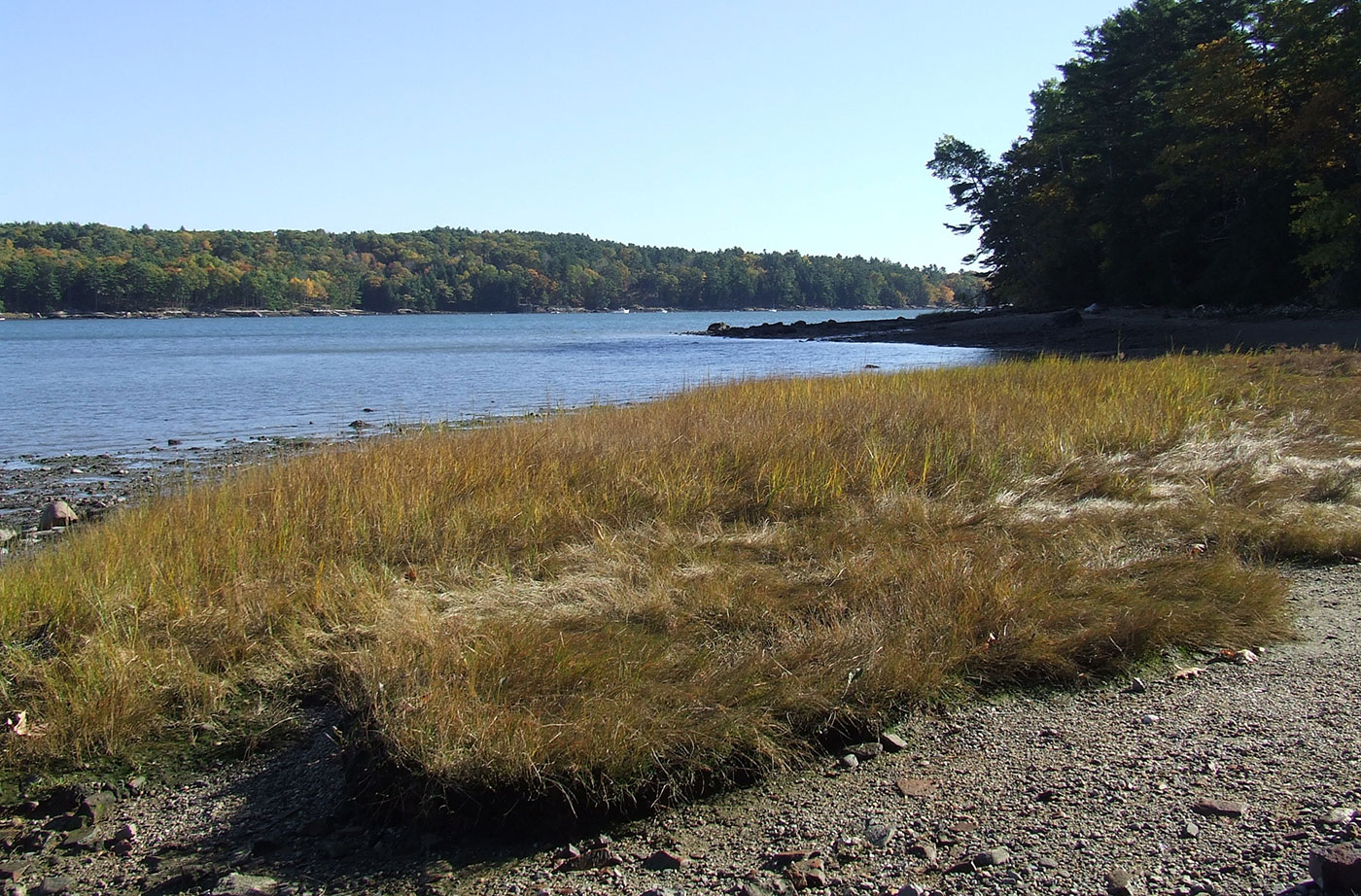In E. O. Wilson’s 1984 book Biophilia, the world-renowned biologist and Harvard University professor described an innate “love of life” that humans have, meaning, we are drawn to nature. In an interview with PBS, he said this intrinsic attraction is so basic that he believed most people understand it and that it’s slowly instilling a conservation ethic in at least industrialized societies:
“It’s becoming part of the culture to think rationally about saving the natural world. Both because it’s the right thing to do—and notice the quick spread of this attitude through the evangelical community—but we will save the natural world in order to save ourselves.”
Biophilia is worth remembering – and tapping into – as so many of us are hunkering down. COVID-19 has upended our lives, changed countless plans, and brought the economy to a grinding halt. Just when we need emotional support, and signs of spring are showing, we’re asked to avoid large gatherings and stay home to help prevent the spread of the disease. The CDC recommends we all practice social distancing and to self-isolate. If you choose to stay close to home, a recent Natural Resources Council of Maine blog by NRCM staffer Allison Wells and her husband Jeff provides many ways that you can still enjoy nature while also helping researchers.

Beech Hill Preserve by Brian Willson
Fortunately, Maine’s great outdoors are still open for business and our public lands, including Land for Maine’s Future (LMF) properties, are fantastic places to take the family or to enjoy some solace. If you’re feeling well, getting fresh air and physical exercise while visiting some of the state’s conserved lands, such as LMF sites, state parks, ecological reserves, and land trust properties, can be the remedy you and your family need.
• Check out the map on NRCM’s website to find an LMF property or public lands to visit.
• Maine Trail Finder is a free, easy-to-use website for finding trails to explore.
• Bangor Daily News reporter Aislinn Sarnacki writes about hikes and adventures in the outdoors. Her stories are a great resource.
• Or, check out one of these apps to help you explore.
Whether walking your dog, hiking, biking, or taking photos, there are plenty of places to enjoy across the state, like Dodge Point Preserve in Newcastle, Beech Hill in Rockport, Mount Blue or Tumbledown near Weld, Ferry Beach in Saco, and Mount Agamenticus in York.

Tumbledown Mountain in Western Maine, a Land for Maine’s Future site. Photo by Bill Amos.
Maine’s parks and public lands, including easements, span more than two million acres. Some of the conservation easements were purchased with LMF funds. Since 1987, Land for Maine’s Future has been the state’s most successful and popular conservation program. It has funded more than 300 projects and protected over 600,000 acres of land for conservation, forestry, recreation, agriculture, and fishing in all 16 counties. Voters in every county have resoundingly supported LMF the past six times that it’s come to the ballot.

Dodge Point in Newcastle. Photo by Allison Wells
LMF and Maine’s other protected lands help to strengthen local economies, build climate change resilience, support biodiversity and wildlife habitat, assist landowners, enhance scenic character, and maintain Maine’s outdoor legacy. Protecting natural habitat is an investment in a healthy, clean environment to be enjoyed today and for generations to come.
In these unsettling times, our collective top priority is to stay healthy and reduce the spread of the coronavirus. Connecting with the natural world can provide solace and inspiration at a time when it is most needed. And while you’re out there, we also encourage you to take some photos and share them with us. We love seeing pictures of our members and supporters enjoying the nature of Maine.
—Melanie Sturm, NRCM Forests & Wildlife Director










Leave a Reply